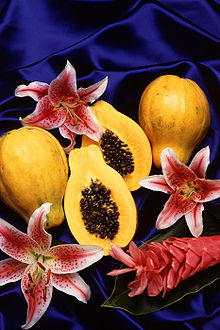Hopefully, you've read the previous post, because the build-up was kind of there.
Because I have more free time, I am now tasked with the traditional "sa bahay lang" housewife role and am now in charge of everything housekeeping and cooking. I cannot carry very heavy loads according to my doctor, so every other day, I go to the nearest grocery to pick up household items and ingredients for our meals. I always make it a point to make fun of some products sold in the beauty aisle or read product labels.
Anyway, I've noticed that my go-to grocery, and I'm betting many other groceries, sell much more variety of whitening soaps compared to that of normal soap. Whitening soap with different ingredients saturate the shelves while ironically, the sunscreen area is tucked in an obscure corner. The "canon" whitening products are still there: papaya, calamansi, glutathione, kojic acid. Then something catches my eye: kojic acid with tranexamic acid.
I've never heard of tranexamic acid before, so I took a mental note of the spelling, went on with my routine and proceeded to read about it after all the housework. Wikipedia, basically says it is given by doctor to patients with the risk of heavy bleeding. Huh? How was this related to skincare? How this ingredient was discovered as a whitening ingredient is beyond my Googling powers, but at least I now have an idea and how people use it, so I can share it with everyone.








